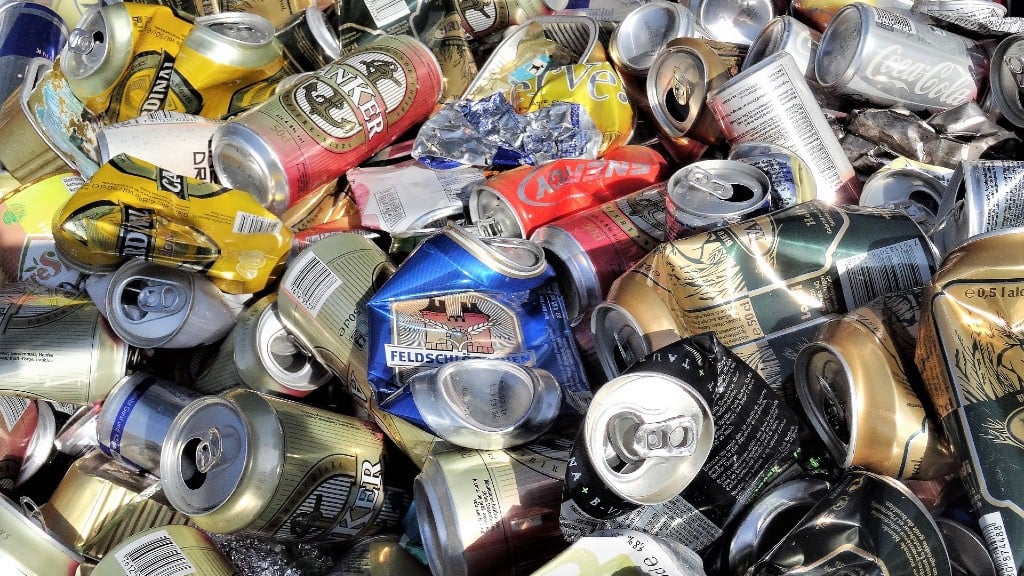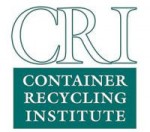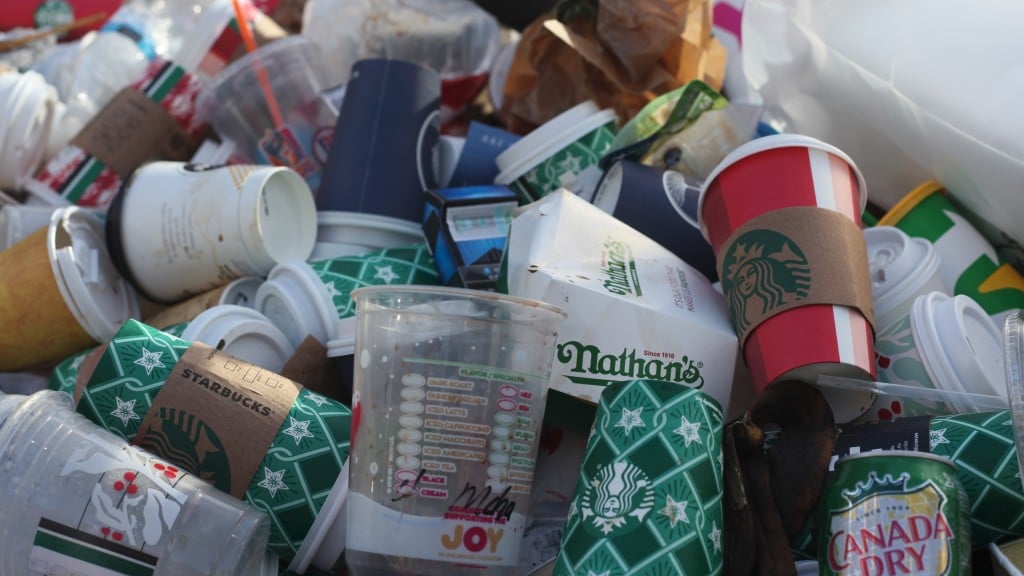U.S. beverage container redemption rates in bottle bill states remain below pre-COVID levels

Beverage container redemption rates in the majority of U.S. states with container deposit laws did not rebound in 2021 after dramatic drops exacerbated by the COVID-19 pandemic in 2020, according to data released today by Container Recycling Institute (CRI), a national nonprofit recycling industry authority.
CRI has compiled data from 10 deposit states for which statistics are currently available.
According to CRI President Susan Collins, the 2020 decreases generally resulted from the temporary suspension of the requirement (or of enforcement of the requirement) that retailers accept back empty deposit beverage containers, the decision by some redemption centres to temporarily close, and consumers' adherence to shelter-in-place orders.
Michigan is the only deposit state that solely uses return-to-retail, with no redemption centres. Because of this, the state's suspension of the retailer beverage container takeback requirement from late March to mid-June 2020 meant a complete shutdown of the deposit program, leaving consumers with no options to redeem their bottles and cans. The state re-established the program in phases, and a requirement for the full resumption of retailer collection activities went into effect in October 2020, with some restrictions permitted to comply with health and safety protocols.
Lack of return-to-retail compliance in 2021
By 2021, a year that saw strong economic growth in the U.S., in nearly all cases deposit states had reinstated policies requiring full retailer redemption activities. However, most of them did not see a marked increase in redemption rates.
"Reports from organizations in deposit states indicate that many retail establishments simply ignored the requirement to resume taking back bottles and cans and provide consumers with the deposit fee they paid upon purchase," says Collins. "With spotty enforcement, regulators can only rely on consumer complaints and respond on a case-by-case basis."
The two states with the largest redemption rate drops from 2019 through 2021 - Michigan (14 percent) and Massachusetts (12 percent) - rely solely on return-to-retail for deposit refunds. In late June 2021, the Michigan Department of Treasury issued a reminder to retailers with bottle return facilities of the requirement to take back beverage containers, with no COVID-related restrictions - suggesting concern over compliance. In Massachusetts, it is estimated that only one-quarter of the retailers required to accept back bottles and cans are doing so.
Collins indicated that the uptick in redemption rates in New York and (based on partial data) in Oregon demonstrates the importance of robust bottle bill infrastructure that includes multiple, convenient ways to return beverage containers: return-to-retail (both with and without reverse vending machines, or RVMs), redemption centers, and bag drops, which proved popular even during 2020 due to their quick, user-friendly and low-contact nature. Oregon, New York, and Maine offer all three options.
"Deposit return infrastructure that makes it easy to obtain refunds for empty bottles and cans clearly leads to higher redemption rates," says Collins. "This ensures that more consumers get their deposits back and more recycled material gets into the supply chain and that we see reductions in litter, marine debris, energy use, and greenhouse gas emissions."
Higher deposit values equals higher redemption rates
Along with easy-to-access bottle and can return options, Collins cited two other factors that greatly affect redemption rates: the deposit amount and the percentage of beverage containers covered.
In Michigan, even with its steep redemption rate drop from 2019-2021, the rate in 2021 stood at 75 percent - what Collins called the low end of a "decent" range (75 percent to 80 percent) for a deposit state. Michigan and Oregon are currently the only two states with a 10-cent deposit for all of their eligible bottles and cans, with the rest of the states providing 5 cents for most beverage containers.
"From 2013 through 2019, Michigan consistently had a redemption rate of close to 90 percent or more with a return-to-retail only deposit system that covers just 55 percent of beverage containers sold," Collins says. "Despite the challenges of the last two years, the program's redemption rate still ranks in the top tier among deposit states with reported data."
"It's clear that a higher deposit makes a significant difference, given that in the mid-1970s - around the time several deposit states enacted their programs - a nickel was worth about what 27 cents is today," continues Collins. "When Oregon's dime deposit went into effect in 2017, the redemption rate climbed from 64 percent (in 2016) to 86 percent in 2019. A nickel is no longer the financial incentive it once was for consumers to return beverage containers instead of throwing them away or littering them."
Massachusetts currently sits last among bottle bill states with a redemption rate of just 38 percent and only 40 percent of beverage containers covered by a deposit. Legislation introduced in 2021 - now before the commonwealth's Senate Ways and Means Committee - would expand the bottle bill to include more types of beverage containers and increase the deposit from 5 cents to 10 cents.
Steps to reach sustainable redemption levels
Even Massachusetts' disappointing redemption rate is higher than the average U.S. recycling rate of 35 percent for aluminum, glass, and PET plastic bottles and cans combined. According to CRI's Beverage Market Data Analysis (using 2019 data), beverage containers on deposit in bottle bill states have a nominal recycling rate of 65 percent, compared to 25 percent for those not on deposit.
Collins says the pandemic's impact compounded a trend of declining redemption rates over the past several years, with most deposit states at or near historic lows because of the failure to update these programs to offer a higher deposit, cover more beverage types (particularly non-carbonated, which have grown in popularity) and create more accessible, streamlined return options.
However, she points to a positive development that provides an example of improvements other bottle bill states can make. In 2021, Connecticut passed the most significant bottle bill expansion legislation in the U.S. in about a decade. The upgrades, with a phased implementation scheduled for 2023 to 2024, including adding several beverages not covered by the current law, raising the deposit value for all containers in the program from a nickel to a dime, increasing the handling fee paid to retailers/redemption centre operators, and requiring more retailers to provide RVMs for beverage container returns.
California, where in May 2022 the state Senate passed a bill to add a deposit to wine and distilled spirits (liquor). The California state assembly is still required to vote on the bill. A CRI analysis indicates that, if implemented, this legislation would result in the recycling of more than half a billion additional bottles and cans annually.
Collins says that beverage container redemption rates must reach at least 85 percent to be considered "sustainable."
"For the sake of our climate, our oceans and our future generations, we must do more to collect high-quality recyclable bottles and cans that can be used to produce new products. Beverage container deposit laws offer a proven method to achieve this, so we must continue to add and expand these programs as we all work together to create a more circular economy," Collins says.



